Undergarments for the Ultrawealthy
Cadolle, a maker of corsets favored by designers like John Galliano and labels like Dior, is known for custom underpinnings that can cost thousands of dollars.
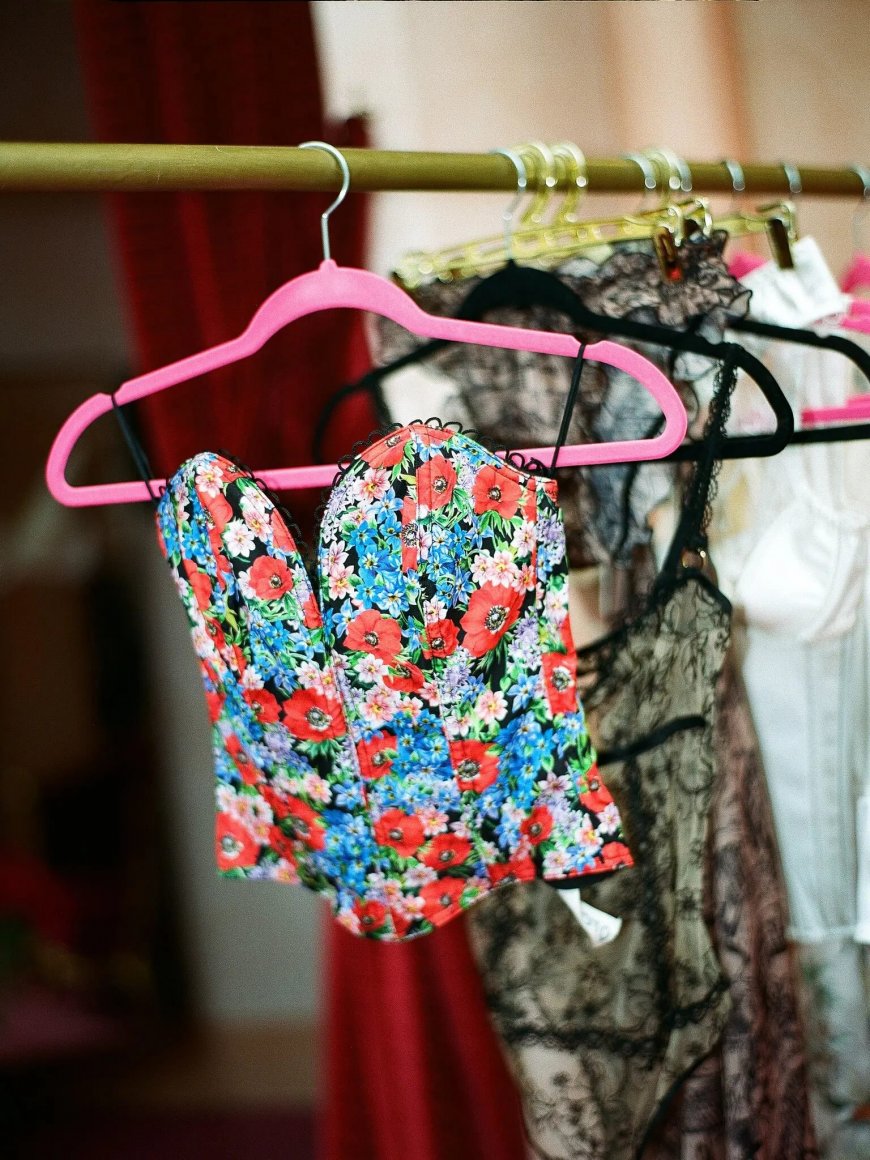
In a subterranean workroom of a building on Rue Saint-Honoré in Paris, there are cabinets filled with bags of Chantilly lace in myriad shades: Yves Klein blue, sherbet orange, a silvery periwinkle. Nestled between the furniture are some half-dozen sewing machines, at which a small staff of seamstresses works while constructing corsets for Cadolle, a company that has been making custom lingerie for almost 140 years.
Cadolle’s reputation has made it a sought-after resource for labels like Dior and designers like John Galliano, who had the company make corsets for his buzzy Maison Margiela Artisanal couture show in January. (Mr. Galliano, through a representative, declined to comment for this article.) Celebrities like Rihanna and Beyoncé have also worn Cadolle pieces in music videos.
These days, corsets come in many forms. Some, like athleisure-inspired versions or corset hoodies, have evolved what has traditionally been an undergarment in both form and function. But at Cadolle, the approach to corsetry hasn’t changed much since Herminie Cadolle founded the company in the late 1880s.

Cadolle’s lingerie can be made in myriad colors. Americans prefer black and nude; French customers favor more vibrant shades.Credit...Lucie Cipolla for The New York Times

On the door leading to the company’s atelier is a family tree tracing Cadolle’s lineage from its founder to its current chief executives.Credit...Lucie Cipolla for The New York Times
That approach involves crafting pieces that lift up women — in spirit and anatomically — and accompany them “throughout their lives,” said Patricia Cadolle, 45, Herminie’s great-great-great-granddaughter. She runs Cadolle with her mother, Poupie Cadolle, Herminie’s great-great-granddaughter, who is in her 70s.
On a glass pane of a door leading to the company’s atelier, which is decorated with magenta carpets, velvet couches and mirrored walls, a family tree composed of photos and cutout branches traces the lineage from its founder to its current chief executives.
The Cadolles consider the company’s custom corsets a form of couture. Having one made can cost thousands of dollars and can take months: The process requires multiple fittings and often involves applying embellishments like sequins and crystals by hand.

Patricia Cadolle and her dog, Praline, at the Cadolle atelier.Credit...Lucie Cipolla for The New York Times
Instead of whalebone, which has customarily been used to give corsets their shape, Cadolle uses a proprietary material with a plastic coating and a steel interior that was developed to have a similar rigidity to whalebone but more flexibility. (The material’s plastic coating is meant to stop the metal beneath from poking a wearer when bending over).
Poupie Cadolle said that some people see being a corsetiere, or a person who makes corsets, as antiquated or even sexist. (The term “corsetiere” is sometimes used as a “pejorative,” she said.) But such notions have not stopped fashion design students from seeking apprenticeships at Cadolle as part of their studies. Apprentices that the company takes on are exposed to techniques honed by six generations of Cadolle family members involved in the business of crafting custom corsets as well as bustiers, bras and full-length bodysuits.
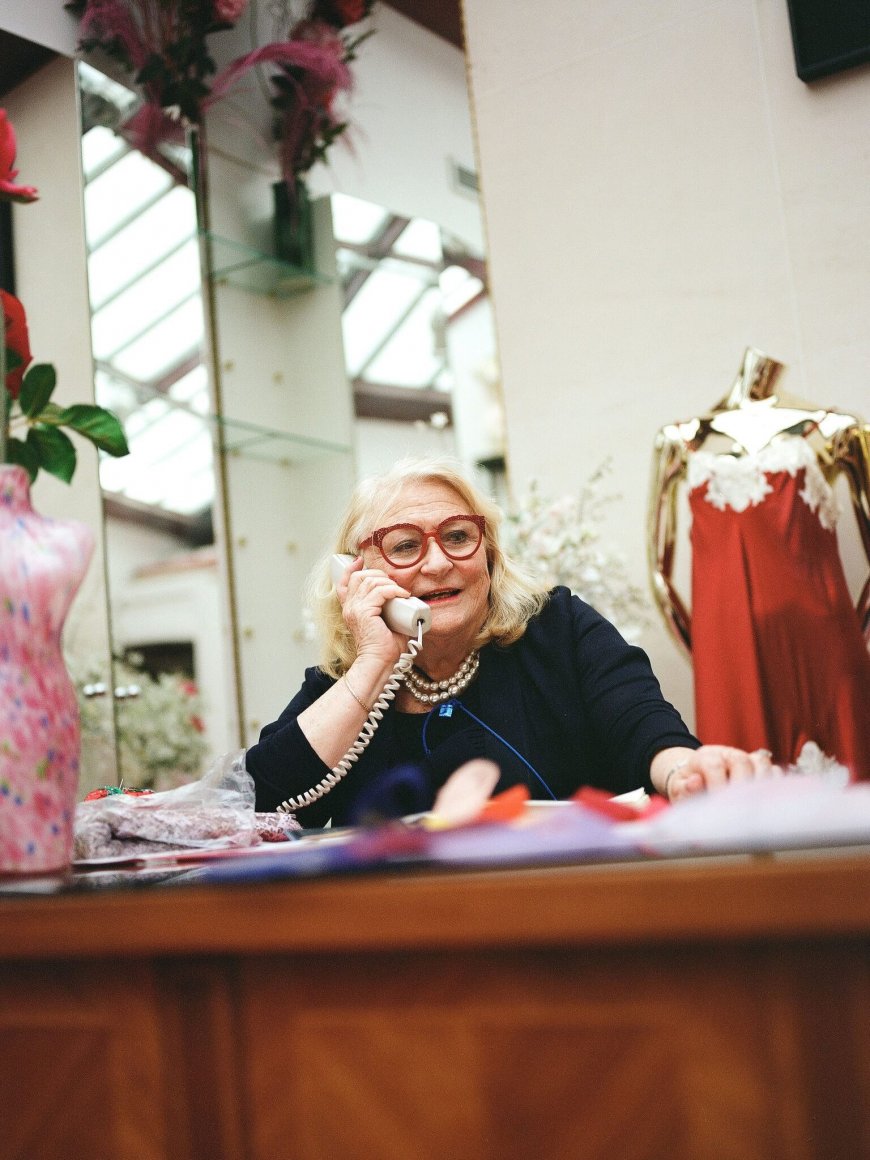
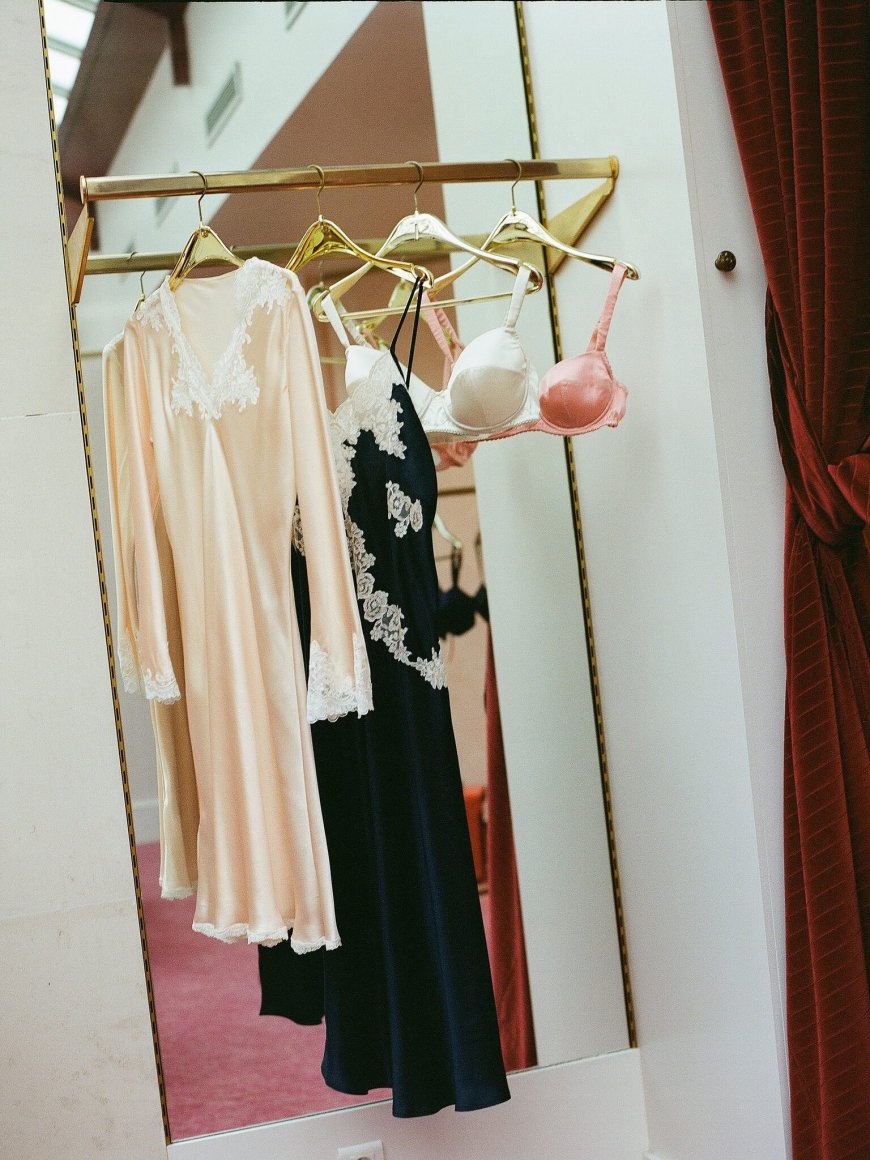
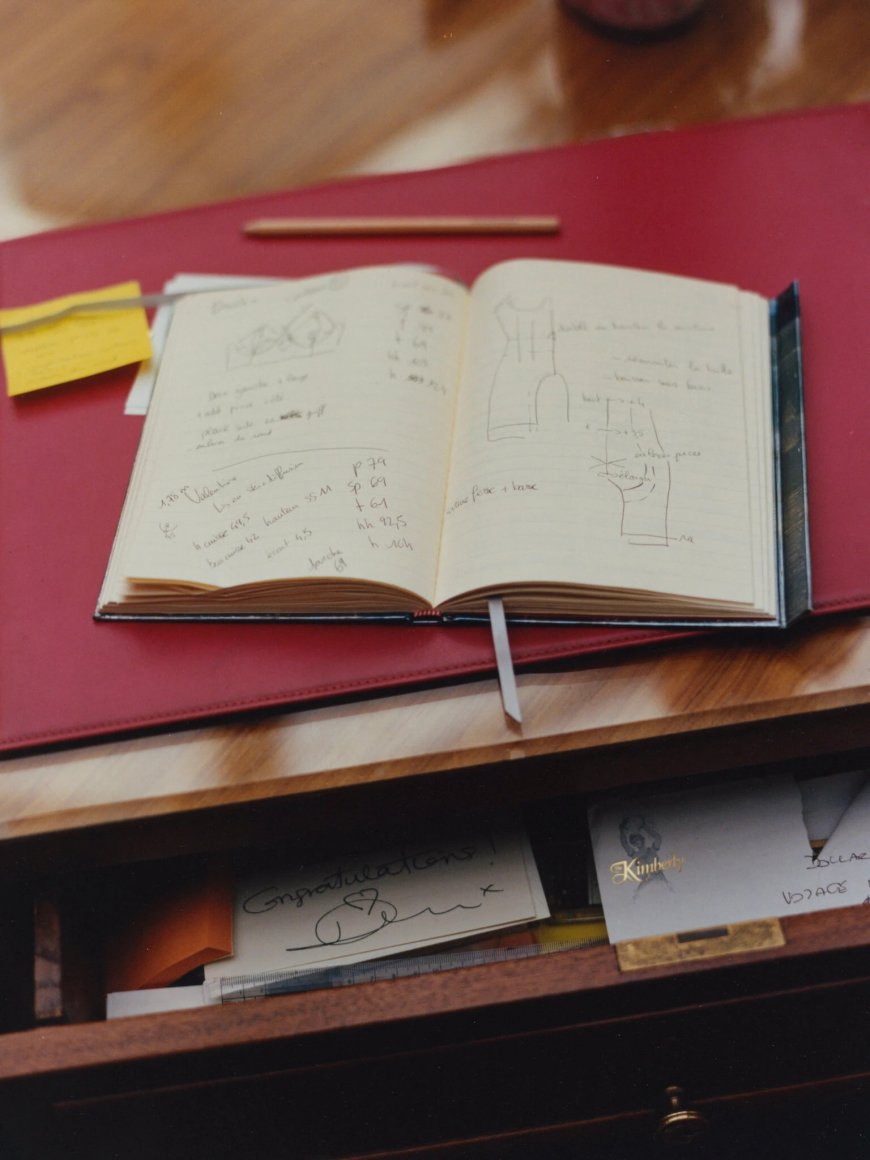
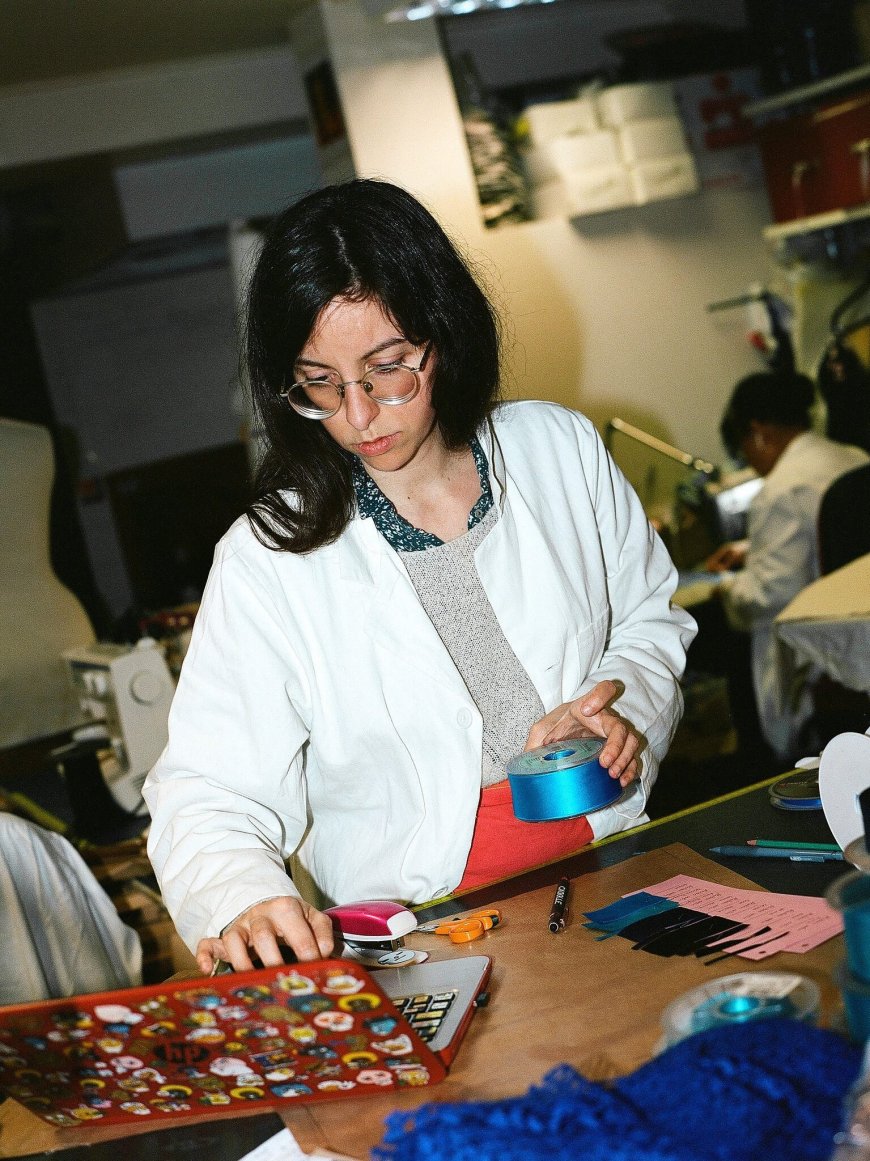
Poupie Cadolle taking a call at the atelier, where bras, bodysuits and other undergarments are meticulously crafted by a small team of seamstresses and apprentices. Credit...Lucie Cipolla for The New York Times
Customers seeking custom pieces are typically older, Patricia Cadolle said. But the company’s store on Rue Cambon, around the corner from its atelier, offers a less expensive ready-to-wear line of undergarments and has drawn shoppers in their teens. Some younger customers have been introduced to Cadolle by accompanying their mothers on trips to the atelier, she added.
“We have noticed an incredible curiosity for corsets from the younger generation,” Patricia Cadolle said, adding that the company’s younger fans “tend to opt for a corset to wear for evening occasions.”
Kim Manocherian, 64, an art collector and the former chief executive of a chain of gyms in New York, has several custom corsets from Cadolle. All are black. Americans, Poupie Cadolle said, favor shades of nude or black; French customers prefer color.
Ms. Manocherian likes to style her corsets beneath jackets, which she will sometimes take off so the corsets function more like tops. She said wearing her corsets makes her feel protected; she compared them to “armor.” Other customers said they’ve considered wearing their custom Cadolle pieces to go dancing or to the opera.
“People have different feelings about clothing as an investment,” Ms. Manocherian said. “But for me, if these are the clothes that are going to make everything else look good, this is a better place to put your money.”

Cadolle’s approach to lingerie involves crafting pieces that lift up women and accompany them “throughout their lives,” Patricia Cadolle said.Credit...Lucie Cipolla for The New York Times







